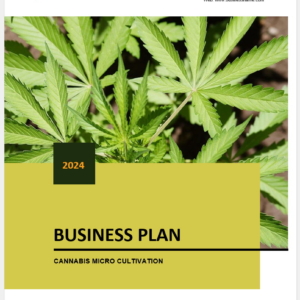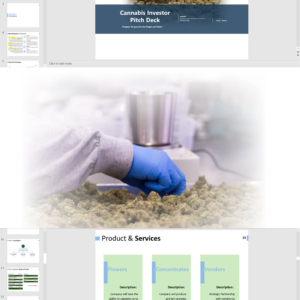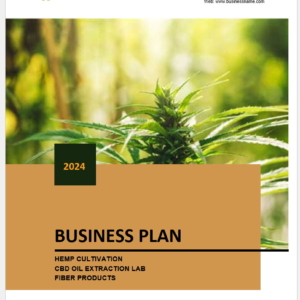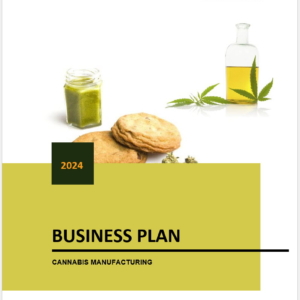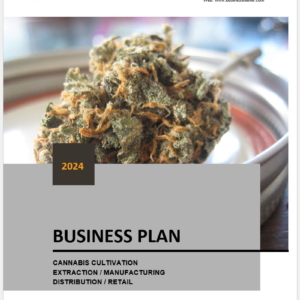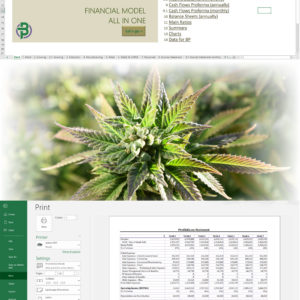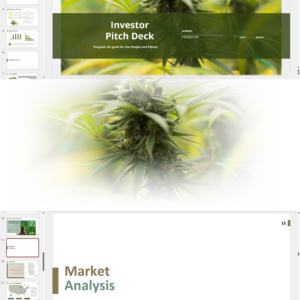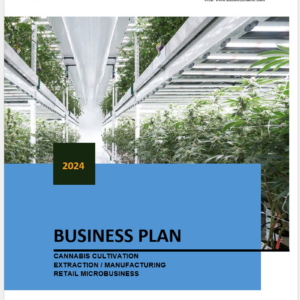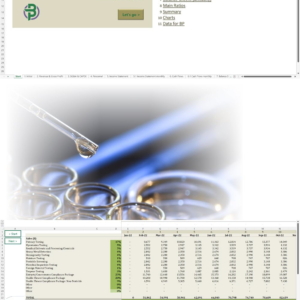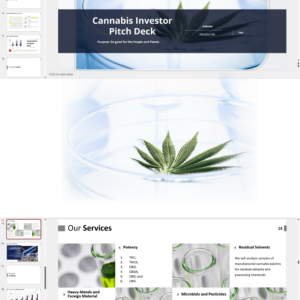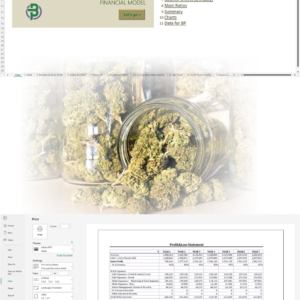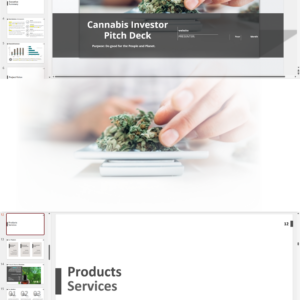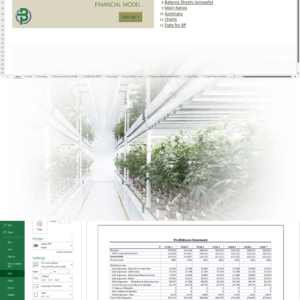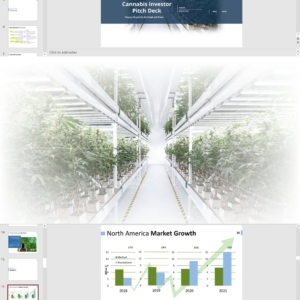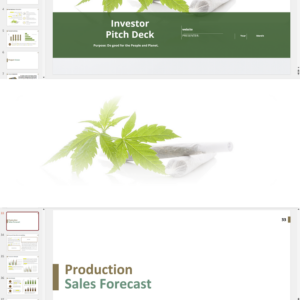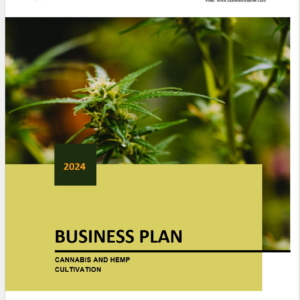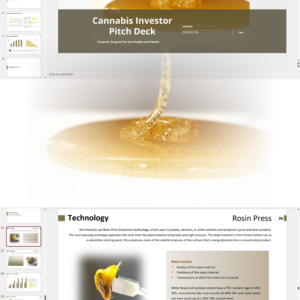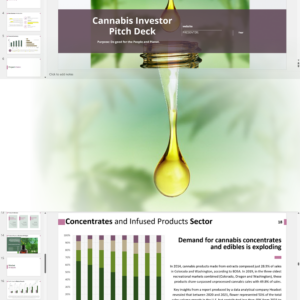These days, at least 70 countries cultivate hemp for commercial or research purposes. The largest producers of hemp are currently China, France, Canada, USA and Chile. In 2023, hemp acreage in North America and the European Union countries totaled about 75,000 acres and 85,000 acres respectively, China – the world’s largest hemp fiber and seed producer – planted more than 340,000 acres of hemp, which put global acreage at about 520,000 acres.
In December 2018, the Farm Bill was signed into law to make hemp legal for the first time in the United States since the 1930s. The bill removes hemp from the Controlled Substances Act. Overall hemp acreage reached 78,176 in 2018 recording a tripling of land under hemp from 25,713 in 2017. The latest USDA data shows there were 5,604 active licenses in 2023 to grow about 45,000 acres of hemp.
The Canadian Cannabis Act cleared the way for whole hemp plant utilization. According to Health Canada, 54,941 acres of hemp were planted in 2020 compared to 92,465 acres in 2019. Canadian farmers planted about 60,000 acres of industrial hemp in 2021 and 76,900 in 2022. Statistics Canada reported 55,400 acres of industrial hemp were planted in 2023, with 20,000 acres seeded in Alberta.
In recent years the area dedicated to hemp cultivation has increased significantly in the EU from 20,540 hectares in 2015 to 33,020 hectares in 2022. In the same period, the production of hemp increased from 97,130 tones to 179,020 tones. France is the largest producer, accounting for more than 60% of EU production, followed by Germany (17%) and The Netherlands (5%).
China is Asia’s leading hemp grower, producing 60-70% of the world’s hemp. The country exports about 90% of its products to the US, Germany, UK, Netherlands and Japan and has begun growing hemp in three provinces for CBD extraction purposes.
FAS data also report hemp production in Columbia, Ecuador, Chile, Iran, Japan, South and North Korea, Pakistan, Russia, Syria, and Turkey. Other countries with active hemp grower and/or consumer markets are New Zealand, India, Egypt, South Africa, Thailand, Malawi, and Uruguay.
According to marketing analysis reports by Technavio, the global industrial hemp market size is set to reach $6.87 billion by 2027 with a CAGR of 17.1%.
Cannabidiol (CBD) is one of the numerous compounds found in the cannabis plant. CBD oil can be obtained from two different species of cannabinoids: marijuana and hemp, which come from the same plant species called Cannabis sativa. Hemp-based CBD oil products have a lower delta-9 tetrahydrocannabinol (THC) concentration, while marijuana-derived CBD oil products have a relatively high concentration of THC.
In 2023, hemp-derived CBD dominated the market and accounted for 55.7% of total CBD sales. Grand View Research estimates that the global hemp-derived CBD market size has increased to $4.3 billion in 2023 from $2.7 billion in 2022, and it is expected to grow at a CAGR of 15.8% from 2024 to 2030. B2B segment dominated the market and accounted for the largest revenue share in 2023.
Source: hempcbdbusinessplans.com
Global Hemp Market Inforgraphics
'70% ready to go' business plan templates
Our hemp/CBD financial models and business plan templates will help you estimate how much it costs to start and operate your own hemp/CBD business, to build all revenue and cost line-items monthly over a flexible seven year period, and then summarize the monthly results into quarters and years for an easy view into the various time periods. We also offer investor pitch deck templates.
For more information on the hemp industry, visit hempcbdbusinessplans.com.
Hemp/CBD Business, Legalization and Opportunities in the U.S.
Hemp/CBD Business, Legalization and Opportunities in Europe
Hemp/CBD Business, Legalization and Opportunities in Australia
Hemp/CBD Business, Legalization and Opportunities in New Zealand
Hemp/CBD Business, Legalization and Opportunities in Africa
Hemp/CBD Business, Legalization and Opportunities in South America


